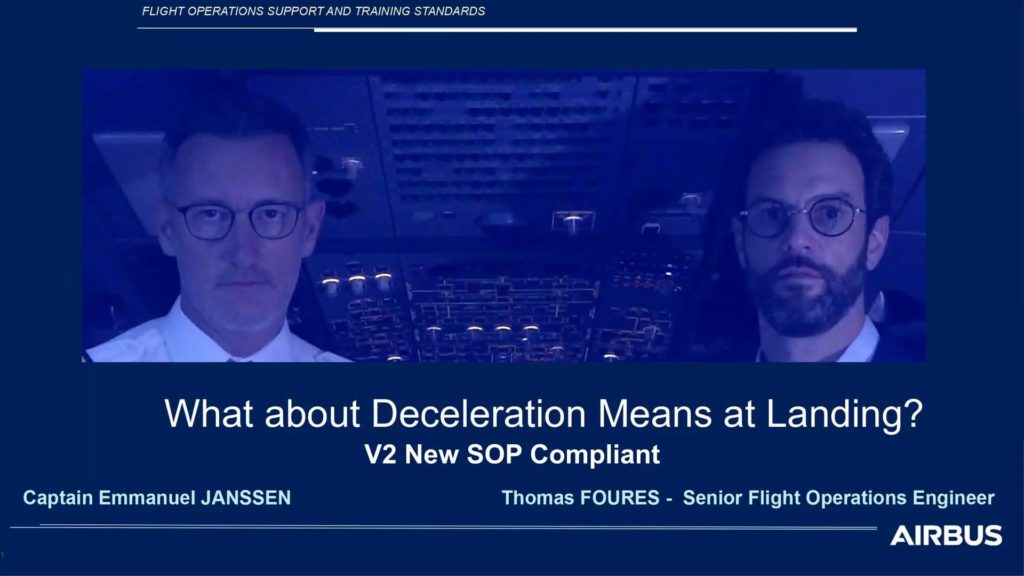VMCG Tests

When an engine fails during a take-off roll, there is a speed below which the take-off cannot be continued safely because of a lack of lateral controllability. This speed is known as the VMCG. This video shows how the tests are performed to determine the VMCG value.
VMC Tests

This video shows how the minimum control speeds, VMCA (for Airborne) and VMCL (for Landing), are measured during flight tests and checks that lateral maneuverability at these speeds is sufficient to ensure no loss of control in the case of an engine failure.
Tuning of Low Speed Protections

Fly-by-wire technology provides the possibility to protect aircraft from entering a stall condition. This video shows how the stall protection at low speed is tuned during several flight tests with different maneuvers performed. This allows for certain parameters to be tuned such as the maximum angle of attack.
Tuning of High Speed Protections

This video shows how high speed protections are tuned on fly-by-wire aircraft in order to limit any VMO/MMO exceedance and avoid reaching the maximum design limit speeds (or design dive speeds – VD/MD), which ensures no loss of control and no structural damage even above VMO/MMO.
Tuning of AOA Protections at High Mach Number

On large aircraft, in clean configuration and high altitude, when the angle of attack increases some buffeting appears and intensifies up to a point it becomes a deterrent for the flight crew. This defines the limit angle of attack of the flight domain, which decreases when the Mach number increases. This video shows how the […]
Flight Tests with Ice Shapes

The certification requires safe operation in maximum ice accretion conditions. Since those conditions might be difficult to encounter during flight tests, artificial ice shapes are installed on all leading edge surfaces that do not have anti-ice protection systems fitted. This video shows how flight tests are performed with ice shapes to validate performances and operational […]
Stall Tests

During the flight tests campaign of a new aircraft, hundreds of stalls are performed. One of the main objectives of stall tests is the measurement of the stall speed. The stall speed is essential in order to maintain sufficient margin to the stall in operations while ensuring optimal performance at takeoff and landing. This video […]
Prevention of EGT Overlimit Events
A number of engine Exhaust Gas Temperature (EGT) overlimit events at takeoff were reported to Airbus, including dual events leading to a significant increase in flight crew workload at low altitude. This article recalls the importance of monitoring the EGT margin of each engine to detect any degradation in engine performance early, and provides recommendations […]
Maximum Energy Braking

On a new airplane, the braking performance of an acceleration-stop with maximum energy is demonstrated by a full scale test. This video shows how this test is conducted to ensure that the aircraft at maximum certified energy can be safely brought to a stop using only its brakes and that there is enough time for […]
What about Deceleration Means at Landing ? V2

The Version 2 is an update to include the recently introduced new STD callout related to autobrake monitoring. This video details: . The deceleration means at landing and the logic behind them . The STD callouts during landing in normal operations . The callouts during landing in the event of abnormal operations.
